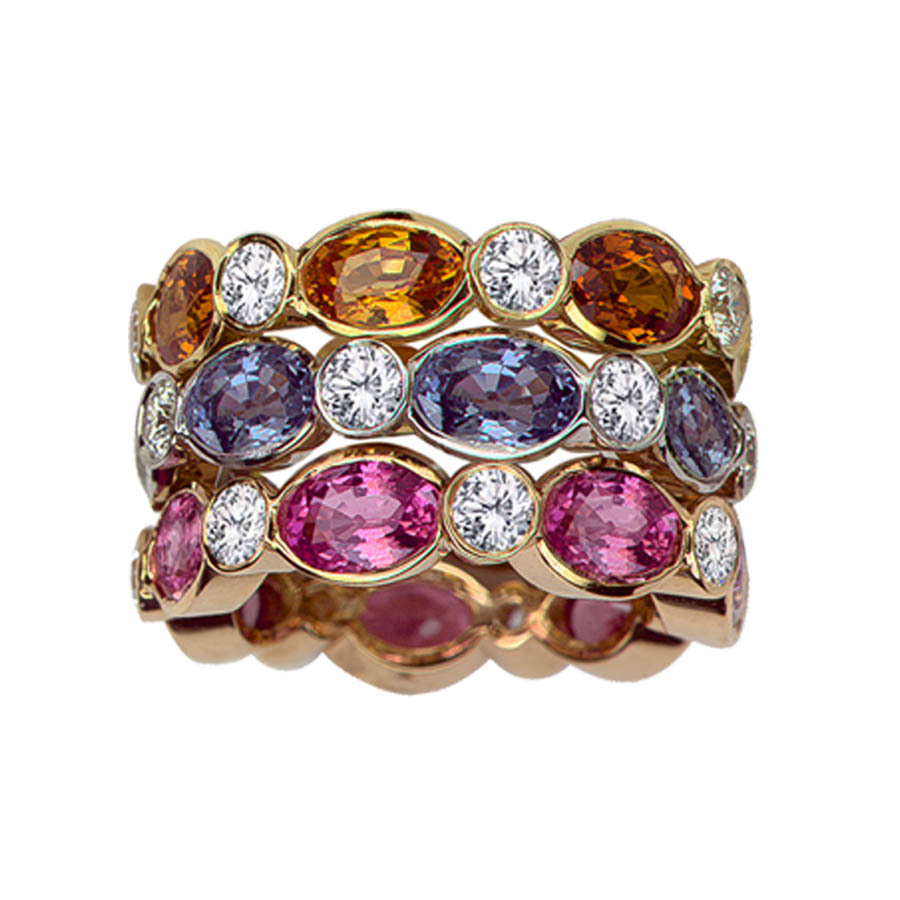People have been wearing jewelry for over 100,000 years, and even back then, chances are it wasn’t the easiest thing to shop for. There are just so many options when buying jewelry—so many materials, metals, styles and gems to choose from.
You can shop better by taking the time to learn how to buy jewelry. It can seem like a lot, but with a little help from this jewelry buying guide, you’ll be shopping like a professional in no time.
And if you are still stumped buying jewelry, feel free to ask an AGS-certified gemologist for help. They may know a lot about metals and gems, but they also know tons about styles and trends.
Here are a few basics to get your shopping jump-started:

Natural gemstones come from the earth and are mined worldwide. Some natural gemstones can be enhanced, which means sometimes they are treated in some way (such as heat) to improve their color.
These stones, which can also be referred to as laboratory-grown, manufacturer-created, or synthetic, have essentially the same chemical, physical, and optical properties as natural gemstones. Laboratory-created gemstones do not have the rarity or value of natural-colored gemstones. Although they are similar in many ways to natural gemstones, a professional gemologist will be able to recognize their difference with proper testing.
Imitation stones look like natural gemstones in appearance only. This includes tinted glass, cubic zirconia or other material that resembles natural stones when treated. Laboratory-created and imitation stones should be clearly identified as such.
Gemstones may be measured by weight, size, or both. The basic unit for weighing gemstones is the carat, which is equal to one-fifth (1/5th) of a gram. Carats are divided into 100 units, called points. For example, a half-carat gemstone would weigh .50 ct. or 50 points.
Gemstone treatments or enhancements refer to the way some gemstones are treated to improve their appearance or durability, or even change their color.
Many gemstones are treated in some way. The effects of some treatments may lessen or change over time and some treated gemstones may require special care.
Some enhancements also affect the value of a gemstone, when measured against a comparable untreated gemstone. Treatments and/or enhancements should always be disclosed by the seller, along with any special care that might be required.
Know enough about buying jewelry? How about selling your jewelry? Learn more here.
Copyright © 2025 American Gem Society